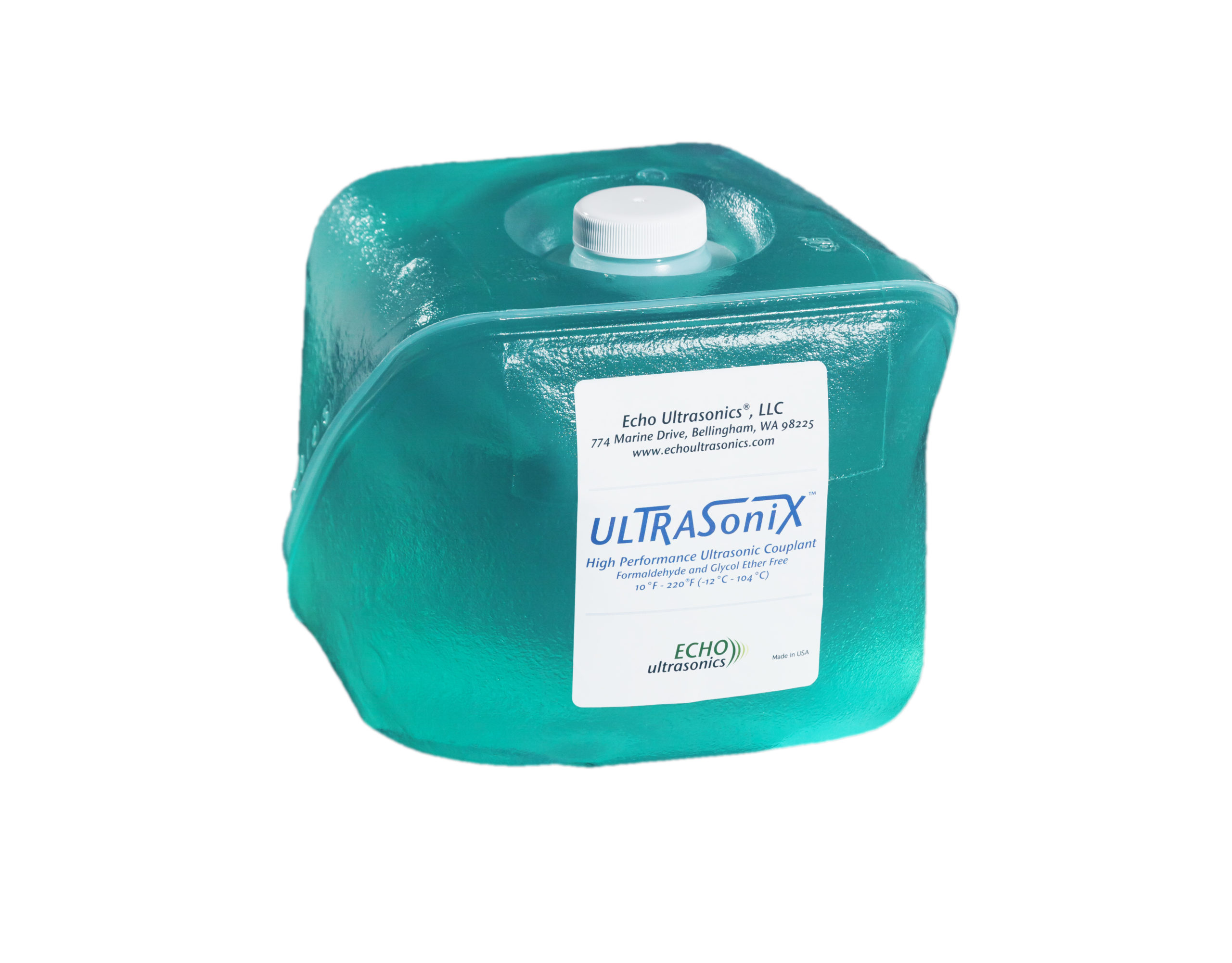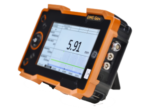UltraSoniX™ Ambient Temperature Couplant
UltraSoniX™ is a high performance ultrasonic couplant for flaw inspection and thickness gaging that is compatible with most materials, has excellent ferrous corrosion inhibition and is formaldehyde and glycol ether free.
Request a Quote
We pride ourselves in providing fast deliveries. However inventory changes rapidly and on occasion some items may not be in stock. If you require an expedited shipment, please contact us via e-mail or call our office to confirm availability of an item. *Nominal lead times vary by product.
Description
High viscosity couplant remains in place on vertical and overhead surfaces. Medium viscosity for spreading, while still remaining in place on vertical and overhead surfaces.
10°F to 220°F (-12°C to 104.4°C) temperature range for most flaw detection and thickness gaging applications.
Better multi-metal corrosion inhibition than most UT couplants.
Slow drying for extended inspection time.
Reduced surface tension provides fast wetting.
Contains no glycerin which can interfere with subsequent penetrant inspection.
Water soluble: easier to remove than most ultrasonic couplants by wet or dry wiping or water wash.
Environment and operator friendly – no formaldehydes, nitrates, nitrites or glycol ethers.
Lower residue than most UT couplants.
Safety: No formaldehyde, nitrates, nitrites or glycol ethers.
Removal: Wipe with wet or dry paper or cloth rag or water wash.
Specifications
Viscosity: Medium (standard) ~60,000 cps, flowable gel. High ~ 165,000 cps, stiff gel.
pH: 8.0 nominal at 20°C
Operating Temperature: 10°F to 220°F (-12°C to 104.4°C)
Halogens and Sulfur: less than 50 ppm
ASTM F519, conforms: ASTM F519 describes mechanical test methods and defines acceptance criteria for exposure to chemicals encountered in Service Environments, such as fluids, cleaning treatments or maintenance chemicals including ultrasonic couplants that come in contact with the plated/coated or bare surface of the steel.
This test method provides a means by which to detect possible hydrogen embrittlement of steel parts (plated/coated or bare) due to contact with chemicals during manufacturing, overhaul and service life.



